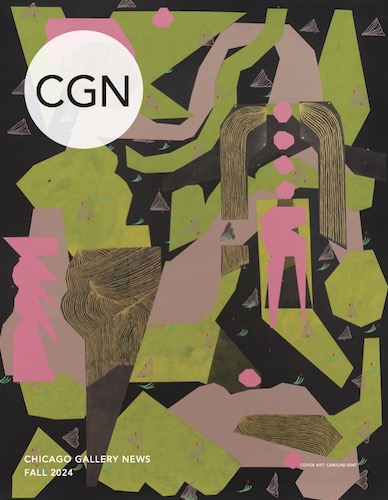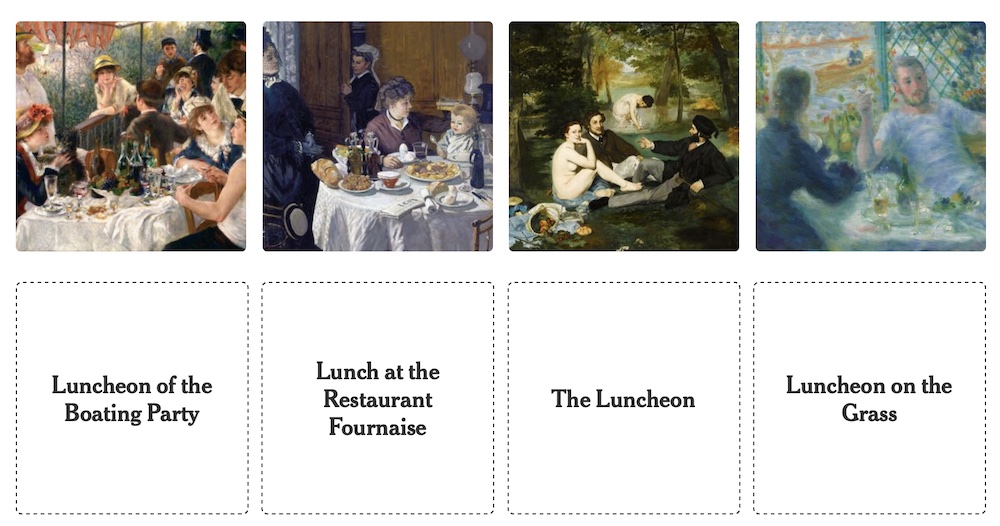Fall 2024 Publisher's Letter

By GINNY VAN ALYEA
I’ve been giving myself a bit of a history lesson–something I tend to do when I’m on deadline and have time-sensitive things to do. At press time Chicago is preparing, or bracing, to be on the world stage when the city once again welcomes the Democratic National Convention (this is the 26th political convention held here–the first was in 1860 when Abraham Lincoln was nominated). Tens of thousands of people will come to the city, while the world watches. History will be made, but many ask, will it be 1968 again?
I was not around yet in that pivotal year in our country’s history, but I have started to consider that so much of what we recognize as the significant foundation of Chicago’s art scene today came about in the ensuing 56 years. The sparks of AfriCOBRA came to life in 1968. The Museum of Contemporary Art, which opened in 1967, mounted a 1969 exhibition, featuring the work of an ever-growing group of artists labeled the Imagists, “Don Baum Says ‘Chicago Needs Famous Artists’”. Hairy Who artists Jim Nutt and Gladys Nilsson had their first solo shows in 1970 at Phyllis Kind Gallery. Roger Brown followed in 1971. Other groups of artists founded the ARC Gallery in 1973, and Chicago Artists Coalition in 1974. In 1978 the main branch of the Chicago Public Library became the Chicago Cultural Center. That same year the city passed the Percent-for-Art-Ordinance, which stipulated that a portion of construction and renovation costs for municipal buildings and public spaces be allocated towards original art. It’s why Chicago has such a remarkable public art collection today–just one reason we’re a popular city for hosting conventions of all types. Art Expo debuted in 1980 and reinvented the way people encounter, consume and sell contemporary art, and throughout the rest of the ‘80s the city’s gallery scene took off, and held on. In 2024 it’s already been two decades since the opening of Millennium Park, a monument to the power of public art and one of the country’s top ten tourist destinations. Soon, the Obama Center designed by architect David Adjaye will open next year. So no matter who is watching Chicago, we know it’s change and creativity that keeps our city moving forward, true to its hardworking roots.
This is CGN’s 42nd fall magazine. It’s filled with highlights from an arts calendar bursting with exhibitions and events, from downtown to downstate as well as into Wisconsin, Michigan and Indiana. Chicago may lie at the center of many things, sometimes more conspicuously than others–politics, Lollapalooza, NASCAR–but in the spirit of a changeable year it’s worth studying what has come before, all that we have done already, and what will come next. Even if we don’t know what to expect from anything else.
Keep an eye out for CGN's fall issue, covering September-December and out later this month in time for the new fall art season. Our cover interview is with artist Caroline Kent. We also include interviews with collector Michelle Edwards, young artist Georgie Miller, dealer Tom McCormick, dealer Carl Hammer, a profile of Wisconsin's Poor Farm, Mark Ballogg at Alma Art and Interiors, the state of art in healthcare, fall calendars, new galleries, and much more!
If you'd like to subscribe click here.






